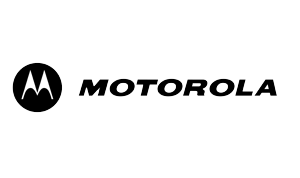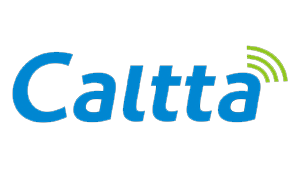- Home
- Business Communications
- Two-way Radios
Digital Radios & 4G Cellular Radios (PTToC, PoC) for Business Use
Performance, productivity and value
- We are specialists in the design, supply and installation of onsite business radio systems for Day/Night Guarding and Facilities management across a wide range of sectors.
- Free onsite consultations so you can rest assured the solution we design will be fit for purpose before you invest.
- We are experienced providers for digital radio equipment in the UK.
Increasingly popular, lease hire enables you to finance your radio solution on an opex model without any hefty upfront investment. You also have the option to transfer ownership at the end of the lease term for a small fixed fee, giving you total ownership of your radios at the end of the term.
Example Deal:
- Caltta DH500U Digital Two Way Radio
- 6 Users
- Lease contract length: 36 Months
- Monthly fee per user* £5.14
- Total cost of ownership** £2149.62
*ex VAT and including a minimum of 19% corporation tax relief
**ex VAT including a minimum of 19% corporation tax relief plus £150 arrangement fee and an additional one off £150 transfer of ownership fee at the end of the lease term.
Stated figures are for illustrative purposes only and were correct at time of publication. Please contact us for a live, personalised quote.
You can opt to purchase your radios upfront on a more traditional capex model so you have total ownership from day 1.
Example Deal:
- Caltta DH500U Digital Two Way Radio
- 10 Users
- Price per unit; £187 ex VAT
- Total Cost of ownership for 6 users: £1,870 ex VAT
Stated figures are for illustrative purposes only and were correct at time of publication. Please contact us for a live, personalised quote.
What Is Two-Way Radio Technology?
Each user is given a radio unit which sends and receives audio and data sent over the radio waves. A two-way radio system can be as simple as two radios connecting directly to each other, or as complex as an encrypted network that covers an entire country. Larger networks may require repeaters to ensure connectivity across wider areas or more complex environments.
Some users refer to a “walkie talkie”, which is the term used for unlicensed radio devices. The term two-way radio covers the unlicensed and licensed equipment.
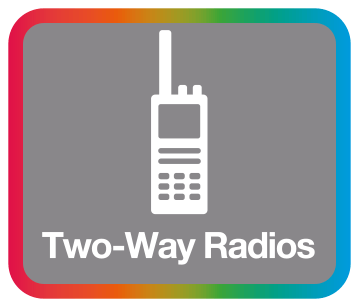
Whether you are on analogue, an existing digital network or not even using radios yet, we can help you on the journey to the right radio system. This article explains some of the differences between the technologies.

Whether you are on analogue, an existing digital network or not even using radios yet, we can help you on the journey to the right radio system. This article explains some of the differences between the technologies.
Traditional Two-Way Radio vs Push To Talk Over Cellular (PTToC) - Which is best for me?
The two main options for your core communications are traditional two-way radio or newer 4G cellular radios, often referred to as either PTToC, PoC, LTE or push to talk. The main difference is that traditional two-way radio uses a closed network on UHF or VHF radio frequencies, using repeaters to provide coverage, whilst PTToC or PoC radio uses devices with a SIM card that uses your mobile network or a local WiFi network to provide connectivity. Both have their pros and cons. Below we discuss some of the key considerations when deciding which tech is best for you:
Coverage
Two-way radio can work point to point with themselves or for wider area networks will need their own repeater infrastruture. With PTToC the reach could be national and even international, but only if there is network or WiFi coverage.
Single Failure Point
Radio repeaters can fail, which then means the whole system is down. Possible failures on PTToC could be mobile coverage or problems with the WiFi network, but you are generally less likely to have a single point of failure.
Major Incidents
Radio networks generally stay working, mobile networks can get saturated or shut down by the emergency services, however if you have a WiFi signal this will act as a backup.
Apps
PTToC devices do come with the ability to use most Apps your workforce may need to access. This can still be done on a higher tech radio system, but the functionality works particulalrly well with PTToC.
Brands & Models
We work with leading radio technology brands Hytera, Motorola & Caltta.
Looking for a particular model? Browse some of our best selling radios to see how different features may suit your requirements.
Whilst some popular models are now discontinued, we can often source stock, or at the very least recommend a suitable alternative.
Motorola
Our approach:
- Flexible contracts
- Single point of contact for account management
- Leading technology from the best manufacturers in the business
- Hytera direct partner
- 100% satisfaction guarantee
- Site surveys
- Complete communications consultation
- Unbiased advice from years of experience
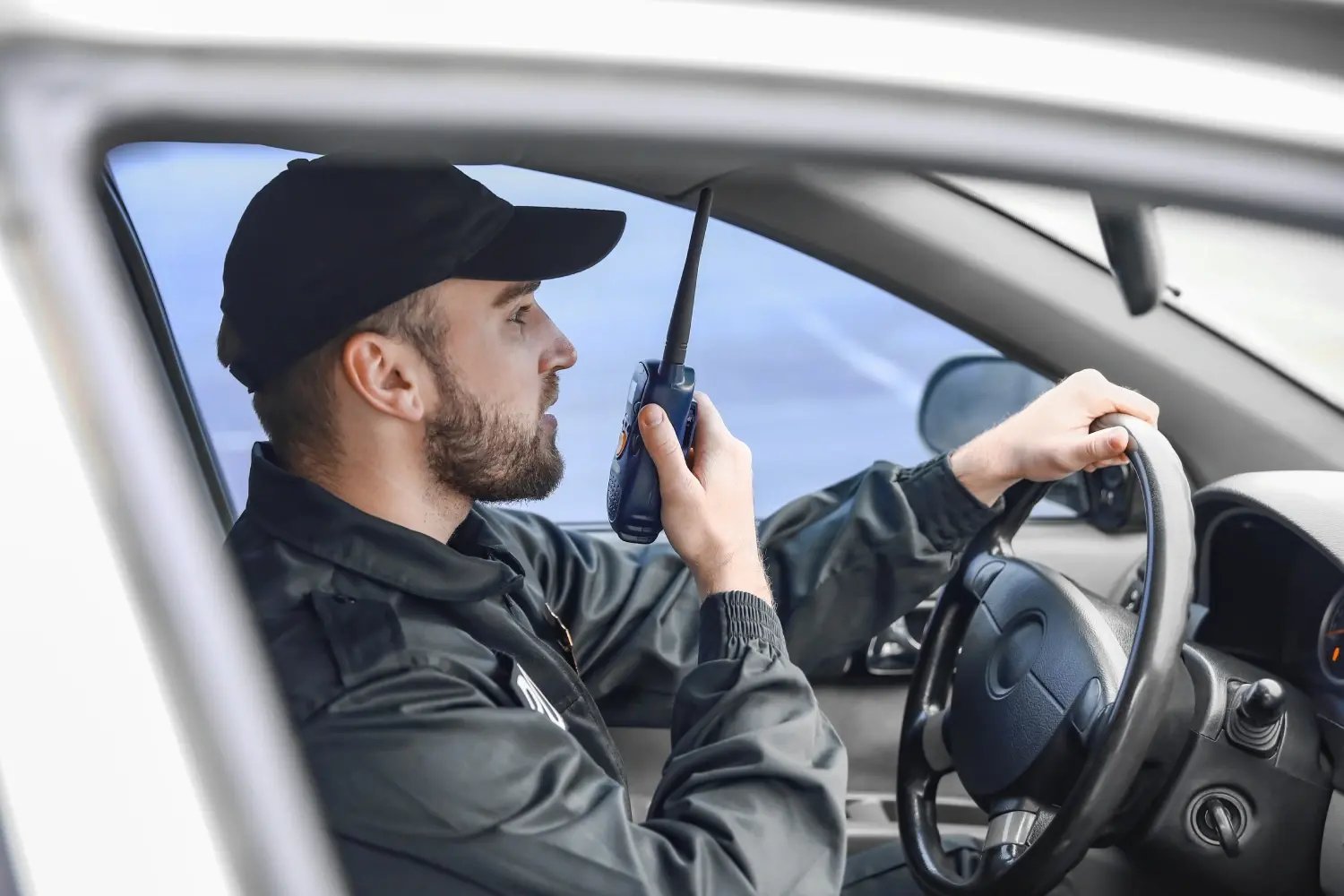
“We have been very impressed with the service provided by the Foresolutions team. The products supplied increase the radio coverage across Castlepoint ensuring that our security staff and retailers have constant open communications with each other.”
Peter Matthews – Managing Director – Castlepoint, Bournemouth
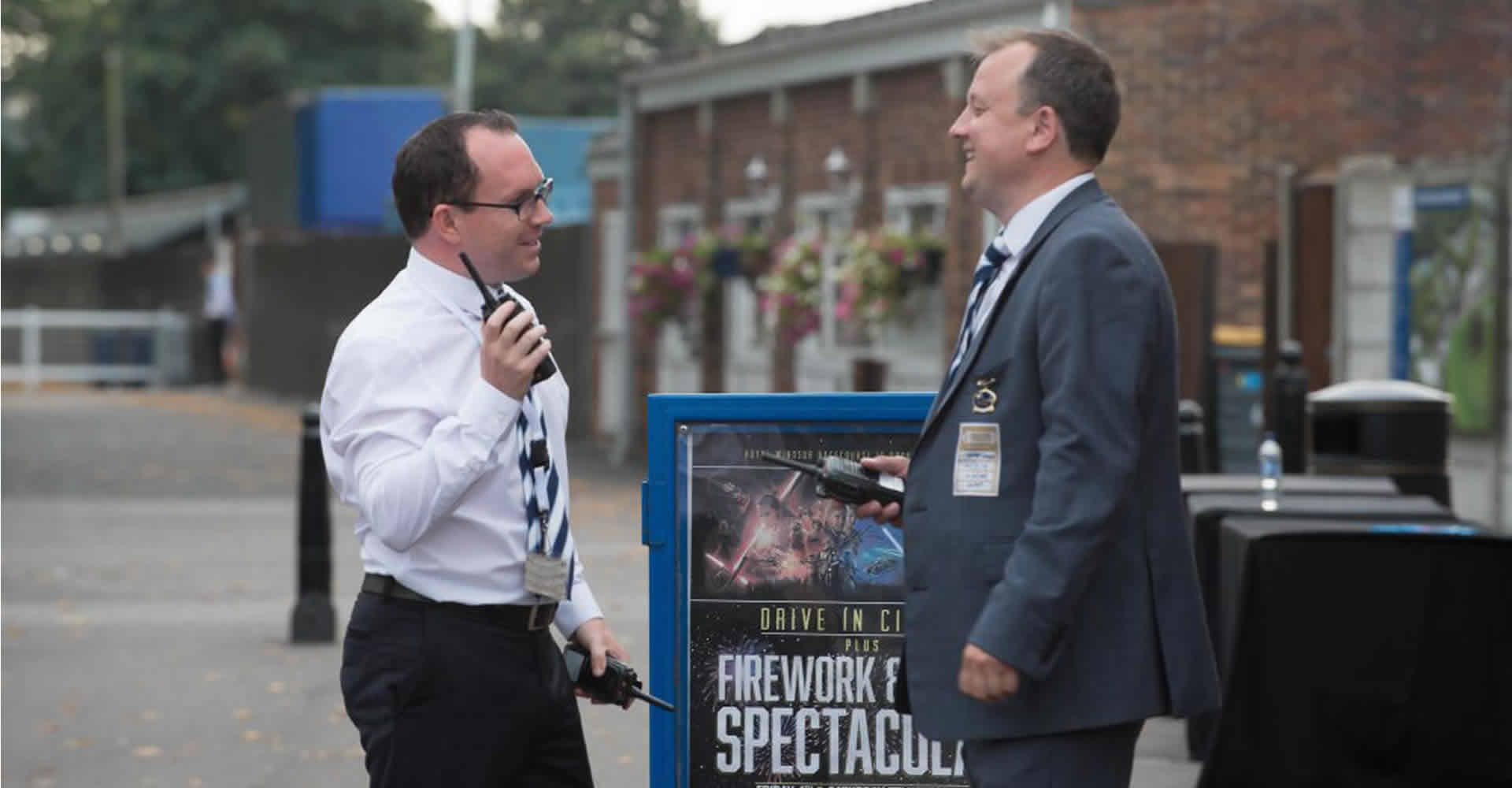
Should I Upgrade?
Until recent years there was only really the choice between two-way radio & mobile, with the key concern being analogue to digital migration. We now have Push To Talk Over Cellular (PTToC) that’s joined the party.
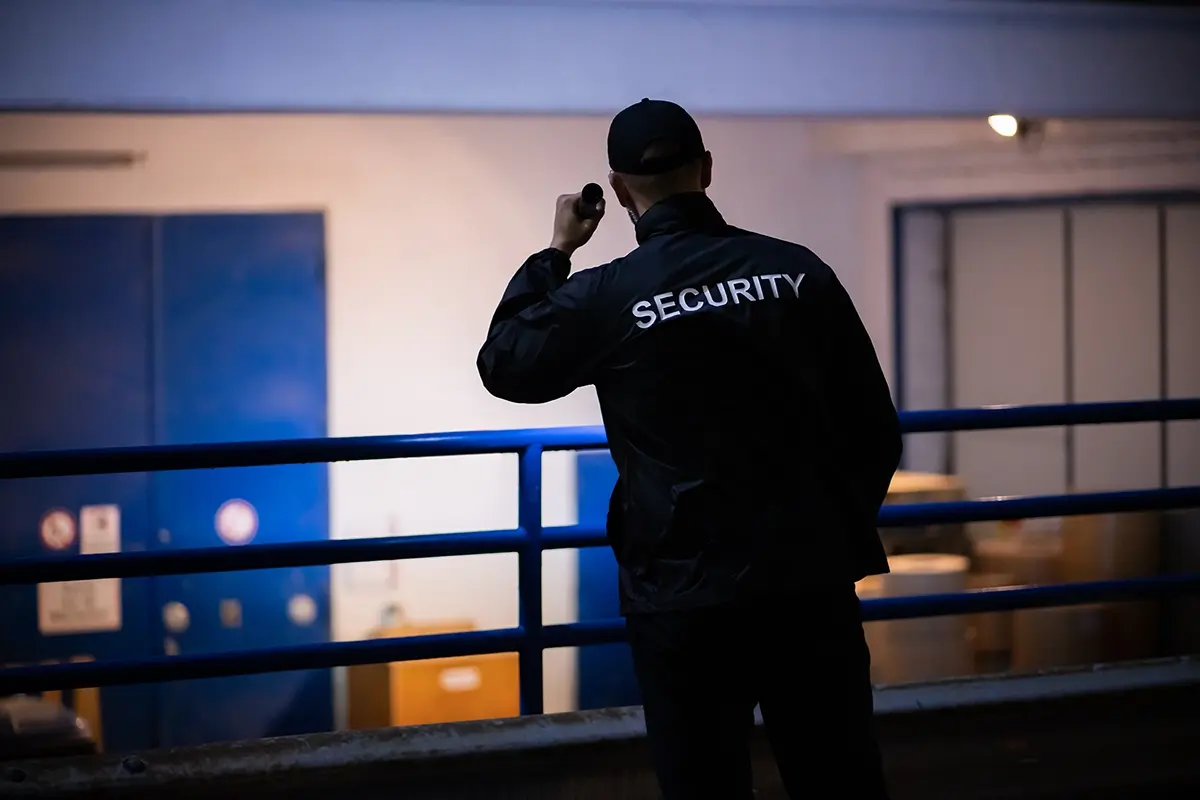
Digital Radio Technology
This technology provides radio users with more performance, productivity and value without the use of repeaters.
If you've not yet made the leap from analogue, talk to us today about the benefits digital technology can bring.
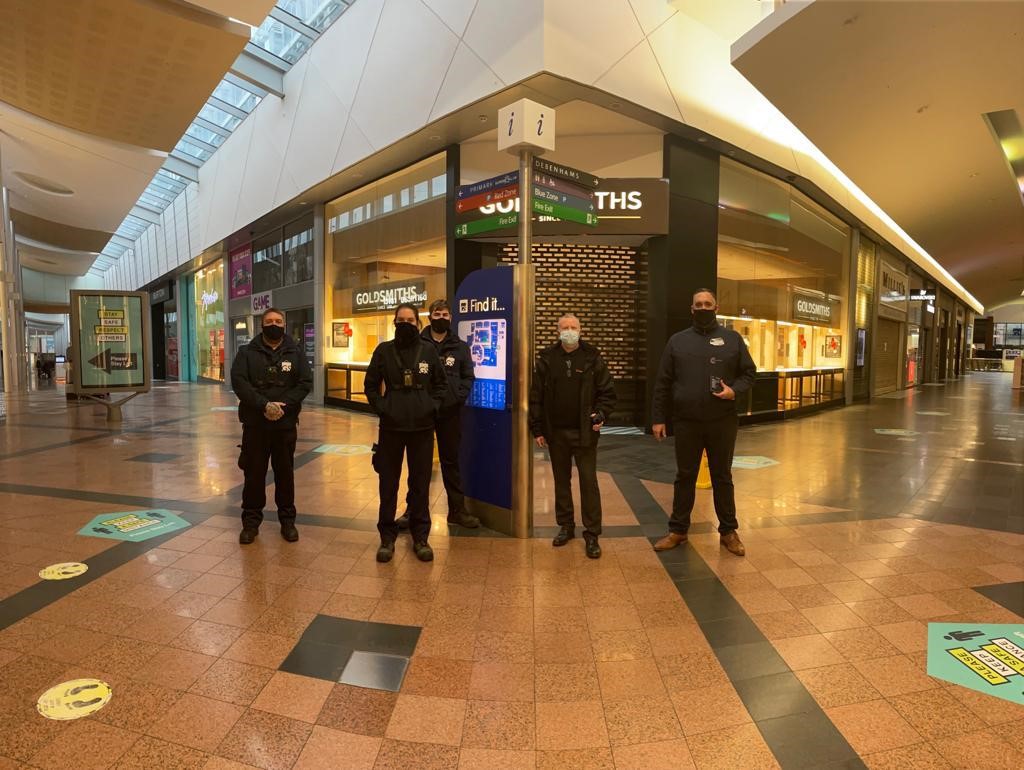
Cellular Radios (PTToC/PoC)
Now we can offer customers even more enhanced functionality with push to talk over cellular. As the name suggests, these devices use WiFi or a mobile network to connect.
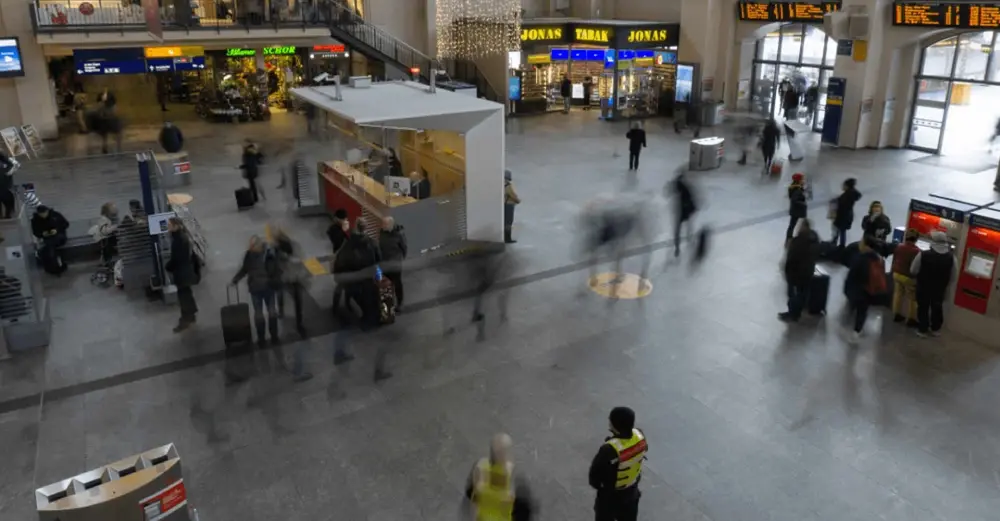
Two-Way Radio Networks
We can configure a variety of radio networks to suit your requirement, ranging from basic repeater systems to 16 channel trunked modules.
Our Clients







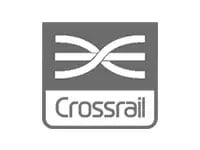


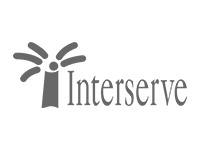
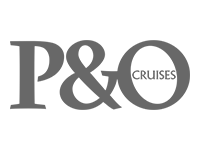
What is a two-way radio?
A two-way radio is a portable radio that can both transmit and receive audio signals. It allows users to communicate with each other over a shared frequency, just likewalkie-talkie.
What industries use two-way radios?
Two-way radios are used in a variety of industries, including public safety, transportation, hospitality, construction, manufacturing, and retail. They are commonly used by security teams, event organisers, and emergency responders.
How are two-way radios different from other communication devices?
Two-way radios are different from other communication devices, such as cell phones, because they are designed for one-to-many communication. They allow a single user to transmit a message to multiple users at once, making them ideal for group communication.
What is Push to Talk over Cellular and how does PoC work?
PoC uses a cellular network to transmit voice data between users. Users press a button to initiate a conversation, which is sent over the network to the other party. Unlike traditional radio communication, PoC allows users to communicate with others who may be located anywhere in the world, as long as they have a cellular network connection.
What is the difference between two-way radios and PoC radios?
Two-way radios and PoC radios both allow for instant communication between two or more individuals, but there are some key differences between them.
Two-way radios operate on radio frequencies and use a dedicated radio network or channel to communicate. They are commonly used in settings where reliable communication is critical, such as in emergency services, construction sites, and outdoor activities. Two-way radios require no monthly fees or internet connection, but their range is limited by the strength of their signal and the terrain.
On the other hand, PoC radios use cellular networks to transmit and receive voice communications. They work similarly to smartphones and allow users to communicate with each other over long distances without the need for a dedicated radio network. PoC radios are becoming increasingly popular in industries such as transportation, logistics, and security where widespread coverage is required. However, they require a monthly subscription to a cellular network provider, and their reliability can be affected by network coverage and internet connectivity issues.
What are the benefits of using two-way radios over mobile phones?
Two-way radios offer a range of benefits over mobile phones, including durability and reliability, instant communication, group communication, cost-effectiveness, enhanced privacy, and no cellular network coverage required. They are ideal for use in harsh environments, emergency situations, remote work sites, and outdoor activities. They are also a great option for businesses, organisations, and individuals who need reliable communication but have limited budgets.
Overall, two-way radios provide a reliable and efficient means of communication that is often superior to mobile phones in certain situations and environments.
How Long Will My Two Way Radio Battery Last?
The lifespan of a two-way radio battery depends on several factors such as the battery capacity, usage patterns, and environmental conditions. In general, most two-way radio batteries will last anywhere from 8 to 24 hours on a single charge, with some high-capacity batteries lasting up to 36 hours.
Factors that can affect battery life include the frequency of use, the distance of communication, the power level of the radio, and the temperature of the environment. For example, if you use your radio frequently and at high power levels, your battery will drain faster than if you use it sparingly and at lower power levels. Similarly, if you use your radio in extremely cold or hot temperatures, this can also affect the battery life.
It is important to note that battery performance can degrade over time, so it is recommended to replace the battery every two to three years or sooner if you notice a significant decrease in battery life. To ensure maximum battery life, it is also important to follow the manufacturer's recommended charging instructions and to avoid overcharging or undercharging the battery.
Get A Fast Quote
Whether you need to hire a small number of units for a short period or you need to kit out a full squad of security staff, Foresolutions can provide a package suited to you. Minimum hire term of 3 months.
Please give us a call on 0330 094 5344 or complete the form below and we’ll be in touch shortly.


